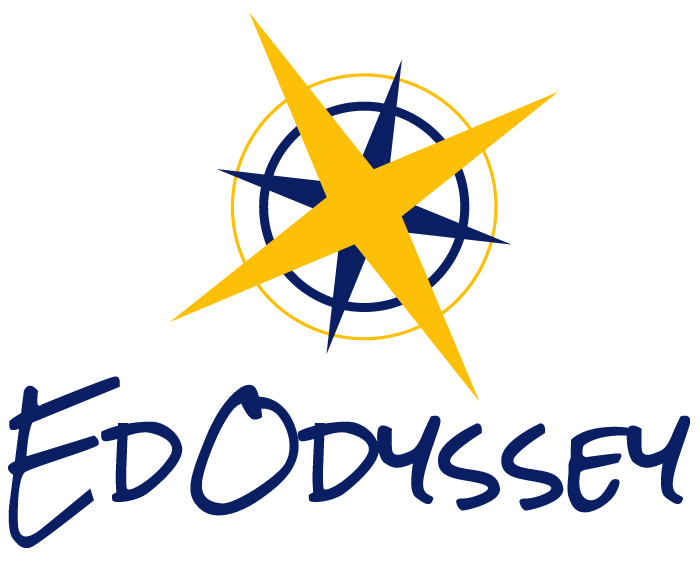Blog
A Week in Rome, Italy
In February 2020, a small group of 6th-8th graders and chaperones were exposed to bountiful aspects of Rome including history, cuisine, art, and culture! With the amazing assistance of Italy’s Program Coordinator, Rachel Zitin, the group uncovered a richer understanding of life in Rome, as it was in ancient times and present day!
Exploring Pompeii: Learn About The City Frozen in Time
In an age where even distant lands are only a few flights away, it is easy to visit new places in the world. Covering long distances is no big challenge for a modern traveler like you, but how often do you get to travel through time?
Travel Prep and Planning Now: Benefits For Students and Teachers
At EdOdyssey, we believe that travel changes people, and people change the world. Visiting a foreign country invites people to pursue new experiences and adopt different viewpoints of the world. Like students, travelers are always learning new things and pondering how their new knowledge fits into their lives.
What Makes Berlin Different
Berlin is known for its inspiring street art and delectable foodie scene. As a city with tremendous historical turbulence, its history and art alone, is worth learning about in person. A visit to Berlin is bound to be an incredible experience, filled with gorgeous sights and intriguing architecture, it’s likely you’ll be captivated by its charming ambiance and culture.
Four Advantages When Traveling in a Group
Group travel offers the perfect opportunity to embark on an exciting adventure abroad, with people you know or friends who you haven’t met yet! Traveling in groups can be extremely rewarding and there are plenty of advantages, including cost-effectiveness and accessibility!
Three Key Components to Keep in Mind When Planning Programs Abroad
The educational impact that travel contributes to teachers and students goes beyond the classroom. Educators, administrators and faculty from schools around the nation extend their lessons abroad and work with EdOdyssey to develop custom programs that create holistic and enriching learning experiences that best fit their needs.
Search previous blogs here.





